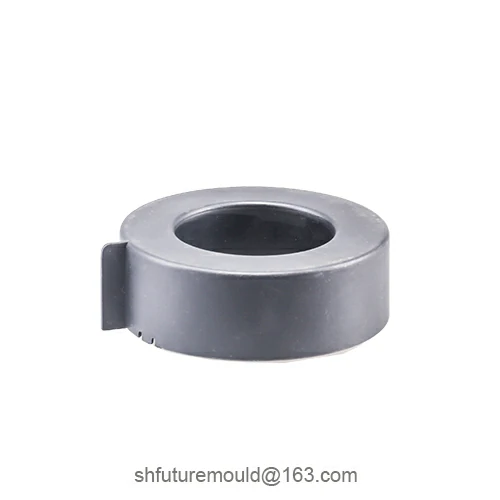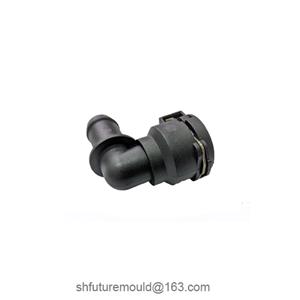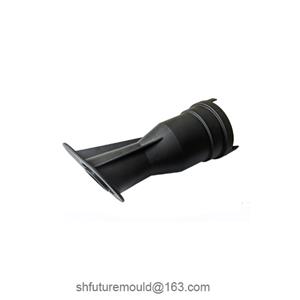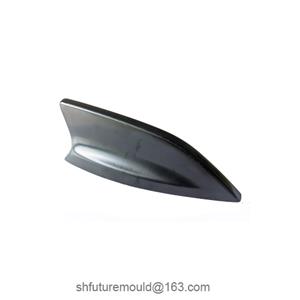Qualification Standards for Injection Molds
The qualification of an injection mold needs to be comprehensively judged from three dimensions: technical indicators, production adaptability, and durability. Its standard directly affects product yield and cost control.
Dimensional Accuracy Requirements
Tolerance of core forming parts: IT6-IT7 level (such as ±0.01mm);
Parting surface fit clearance: ≤0.02mm (to prevent flash);
Ejection system coaxiality: ≤φ0.05mm.
Surface Quality Standards
Cavity surface roughness: Mirror mold Ra≤0.025μm, ordinary mold Ra≤0.4μm;
No visible tool marks or scratches (detected according to ASTM D523 standard at a 60° angle).
Functional Verification
50 consecutive trial moldings without sticking (ejection force needs to be >1.2 times the demolding resistance);
Cooling system temperature difference: ≤3℃ (detected by infrared thermal imager);
Mold flow analysis matching degree: >90% (Moldflow simulation verification).
Life and Maintainability
Mass production mold life: ≥500,000 mold cycles (SKD61 steel hardness HRC48-52);
Standardized spare parts replacement time: <2 hours (modular design).
- Injection Mold
- Automotive Injection Mold
- Electronics & Electrical Injection Mold
- Consumer Goods Injection Mold
- Airplane Components Injection Mold
- Medical Components Injection Mold
- Irrigation Components Injection Mold
- Injection Molds




